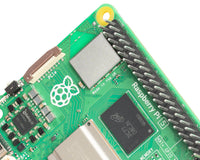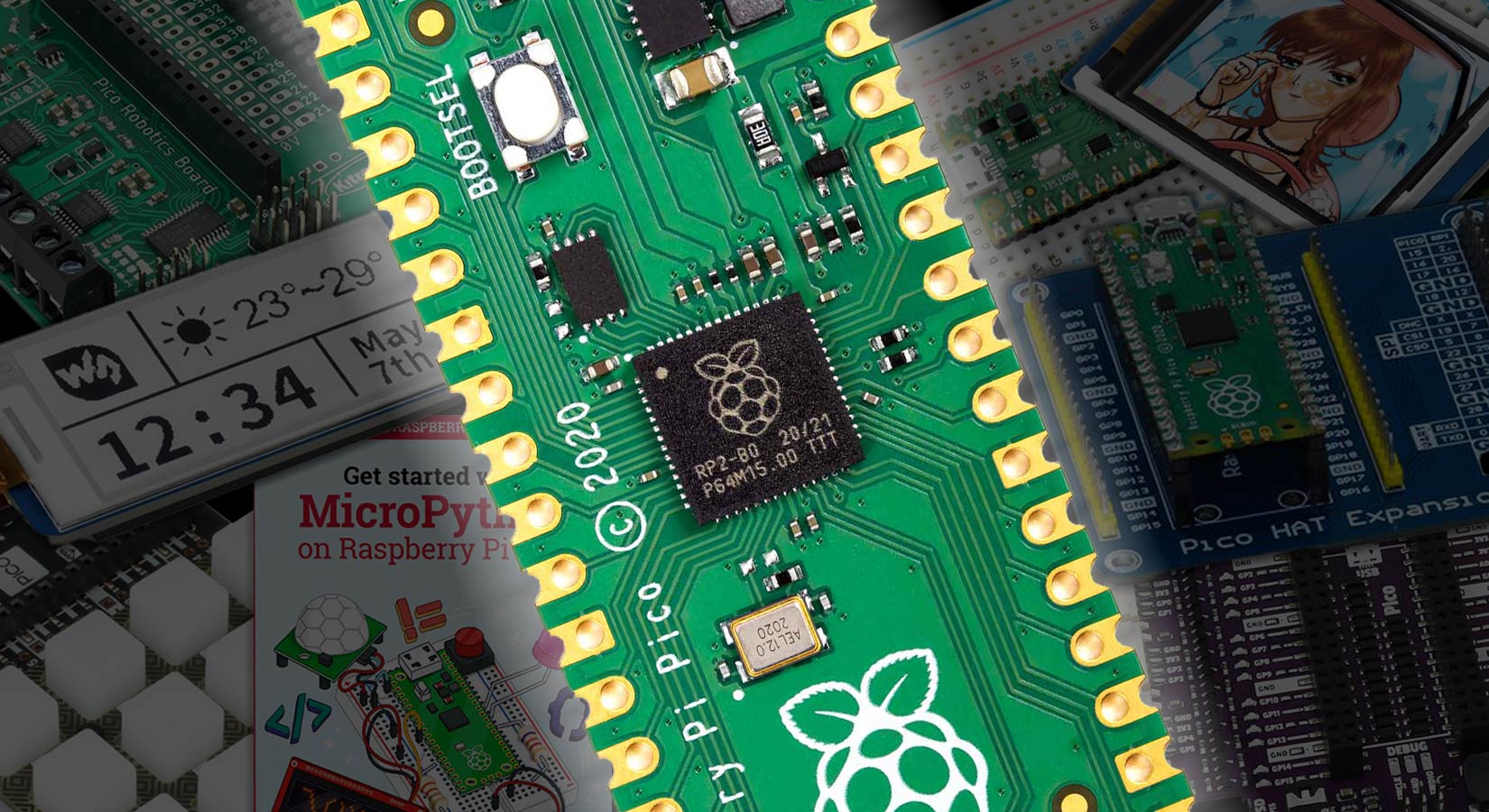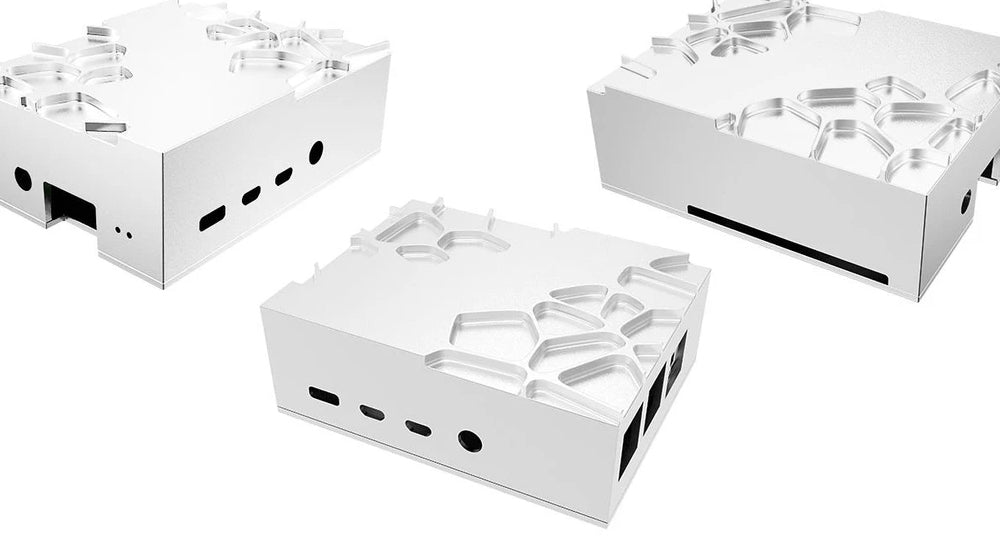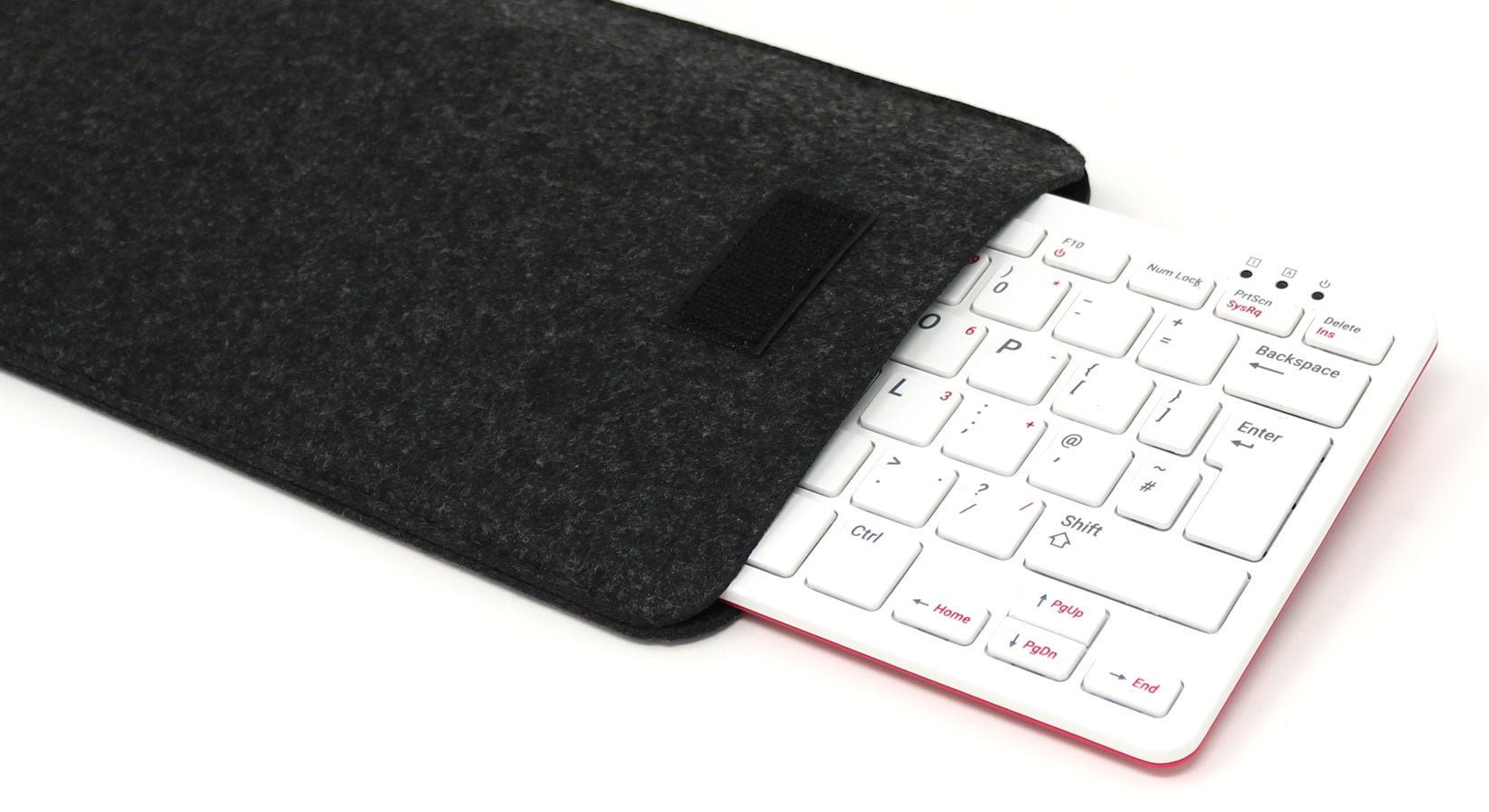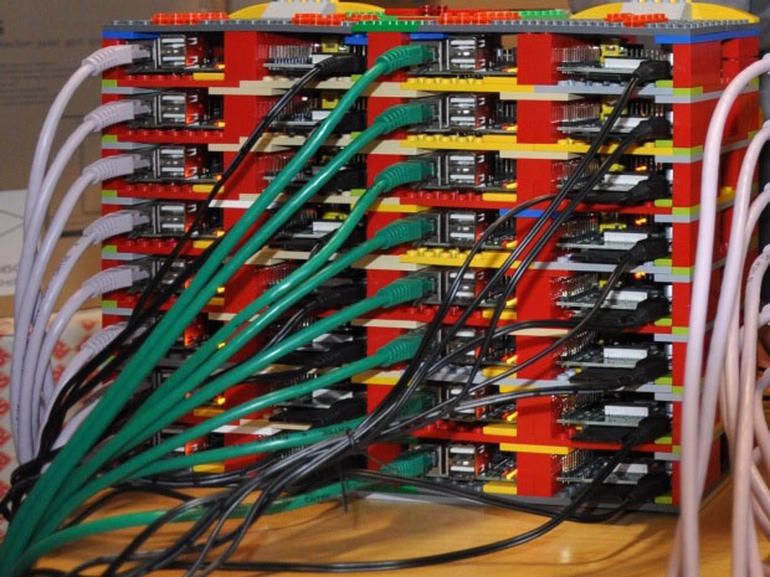
Why has Raspberry Pi Taken the World by Storm?
The Raspberry Pi is a £22 single board computer made by the Raspberry Pi Foundation in UK. This credit-size computer doesn’t have an in-built hard disk, but is equipped with an SD card for storage and booting. The main aim of manufacturing this device was to simplify programming and make it simpler for children similar to what the 1980s Sinclair spectrum and BBC micro did during that decade. The device was created by volunteers from the UK tech industry and academicians.
Purpose of Raspberry Pi
The device was launched in UK and aimed at developing the programming skills since there is currently a shortage of these in the country. The Raspberry Pi was over the last six years by the foundation. The device launch coincided with the plans of the Department Of Education that aimed at adopting changes in the way computing was taught in schools by emphasizing more on programming skills. It is thus envisioned that this device will play an integral role in helping the government to launch the kind of computer classes they desire. The Raspberry Pi initiative has been praised by several stakeholders as it will help children to learn the programming fundamentals at an early age. Raspberry Pi has been taunted as the latest cutting edge education technology that has taken place in the UK.
Price
The initial Raspberry Pi was going for £22, which is equivalent to $35 although a cheaper version of £16 equivalent to $25 is expected to be released by the end of the year. This price is fixed by the charity controlling it and will not change. The computer uses the Linux operating system and can be connected to a normal computer monitor. It also has ports for attaching the mouse, the keyboard and any other additional peripherals. Raspberry Pi is equipped with an ethernet port, making it possible to connect to high-speed internet. It is hoped that the developers of this device and other relevant stakeholders will collaborate and develop additional software for it and find more uses. The computer has already gone on general sale and the market is very receptive.
Production
The first batch of Raspberry Pi of around 10,000 devices was manufactured in china and Taiwan. The foundation wished to have the Raspberry Pi manufactured in UK, but this was not possible due to a number of factors. First, in UK import duty is not payable to finished products, so the foundation would make substantial savings that would be directed to other development activities. Secondly, the Chinese manufactures had a lead time of four weeks compared to 12 weeks by UK manufacturers. The device is distributed by two UK firms RS Components and Premier Farnell. The foundation will not fund the production as the distributors will be handling the orders and liaising directly with the manufacturers. This will increase the production volume and help the project to grow faster.
Demand
The demand for Raspberry Pi has grown tremendously since its launch. After going up on sale on 29th February 2012, the first version was sold out in a matter of minutes. This was a total of 10,000 devices. The foundation has sold over 500,000 units and it is hoping to hit the one million mark by Christmas. This scientific sensation is on demand and buyers from China and North America have not been put off by the additional import charges. The popularity of this device has spread to Middle East, where a certain government is interested in availing the device to its female students to improve their future career prospects.
Author: David Anderson is a freelance writer, professional blogger, and social media enthusiast.


